BUILDING REGULATIONS GUIDANCE NOTE NHBC BuilDiNg CONtrOl ACCESS TO AND USE Of BUILDINGS – DWELLINGS Parts M and K* to the Building regulations require that people, regardless of disability, age or gender are able to gain access to buildings and use their facilities, both as visitors and people who live or work in them this guide is intended toApproved Document K Protection from falling, collision and impact Approved Documents provide guidance on how to meet the building regulations Part K contains guidance on the safety of stairs, guarding, and glazing within and around buildings The Approved Document can be downloaded belowThese Regulations are made under the Building Act 1984 ("the Act") They revoke and replace with amendments the Building Regulations 1991 ("the 1991 Regulations") and consolidate all subsequent amendments to those Regulations They impose requirements on people carrying out certain building operations

Doc M Guide How To Design A Washroom To Accommodate Grab Rails
Part k building regs uk
Part k building regs uk-The UK has the world's strictest building regulations, which can seem both dense and complex to someone unfamiliar with these guidelines The incorrect construction of a balustrade could delay a project being signed off, adding unnecessary costs and further delays to a project's completionProtection from falling, collision and impact Approved Document K Building regulation in England covering the buildings users protection from falling, collision and impact in and around the



Regulations Explained Uk
These Regulations made under the Building Act 1984 revoke and replace with amendments the Building Regulations 1985, and consolidate all subsequent amendments to those Regulations They impose requirements on people carrying out certain building operationsPart of a set of official documents that support the technical parts of the building regulations Part K focuses on stairs, ladders and ramps, vehicle barriers and loading bays, protection against impact with glazing, additional provisions for glazing in buildings other than dwellings, protection against impact from trapping by doors3 Balustrade Guidance a Approved Document Part K indicates a balustrade should be 1100mm high, 100mm sphere should not be able to pass through the balustrade, avoid using midrails, safe breakage and glazing sizes b BS Is the main Standard affecting balustrade design 100mm sphere should not be able to pass through the balustrade and should not easily be climbed
Find the full series playlist here https//bitly/2BiLSyCPart 2 of a video series about how to selfbuild a timberframed garden room office (aka tiny houseGeneral guidance on the performance expected of materials and building work in order to comply with the building regulationsSection 2 Access into buildings other than dwellings;
1302 · For flights of stairs (other than dwellinghouses) a minimum width between walls or stringers should be 10mm Handrails should also be a minimum of 1000mm apart 2 A stair in a public building which is wider than 00mm should beThe regulations for ramp and stepped access can be found in Document M Volume 2, Document K and British Standards All options shown below are requirements of the regulations The minimum width of a ramped approach is 1500mm, and the gradient is 115 (Doc M Vol 2 Page 19 126e / BS001Staircase Building Regulations The document governing spiral staircase building regulations in the UK is British Standard 5395 part 2 This document is summarised in the table below with categories given for each spiral application and the relevant



Building Regulations Explained
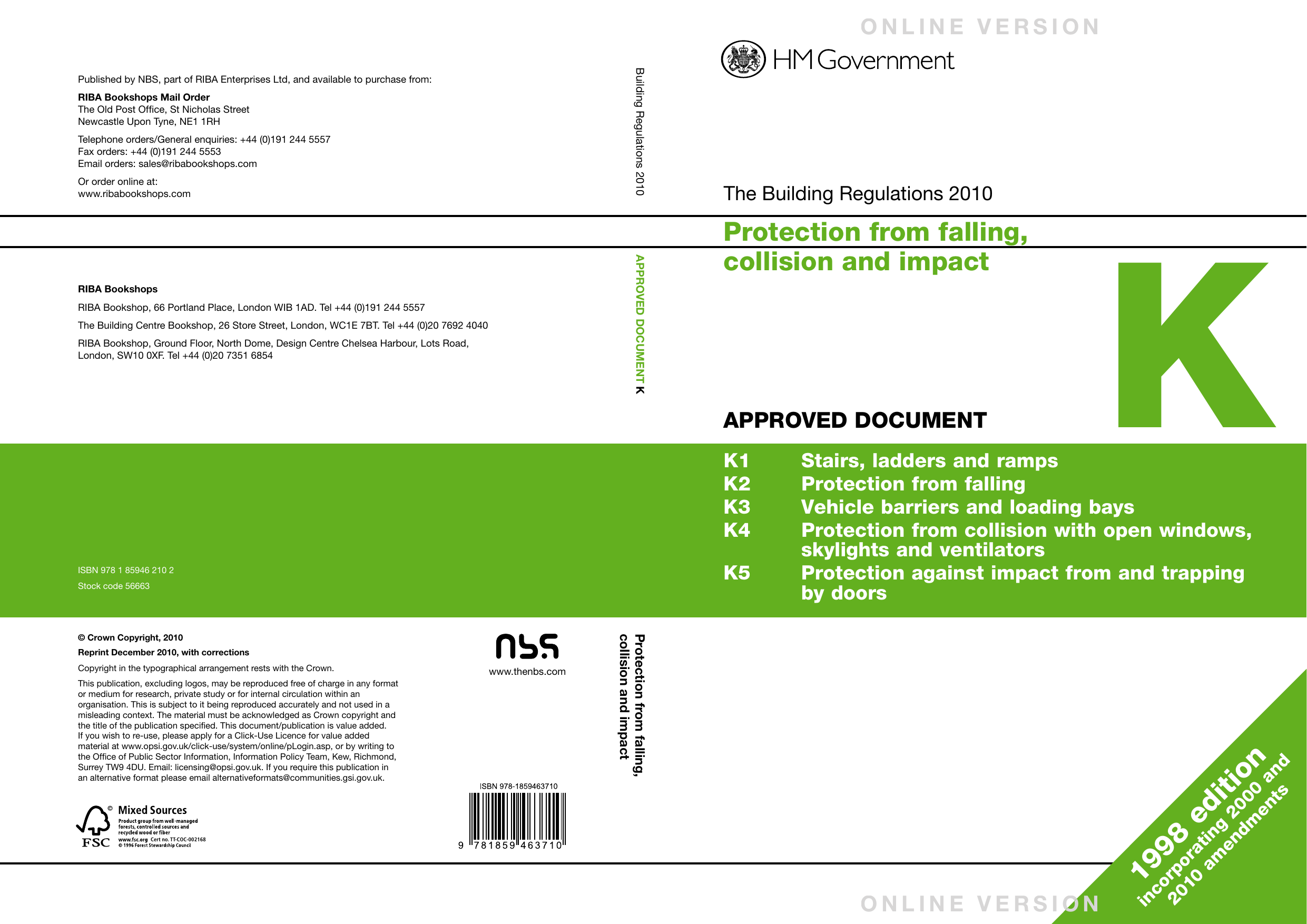


Approved Document K
In accordance with Regulation 8, the requirements in Parts A to K and N of Schedule 1 to the Building Regulations do not require anything to be done except for the purpose of securing reasonable standards of health and safety for persons in or about buildings (and any others who may be affected by buildings or matters connected with buildings)Appendix B Standards referred to Protection from falling collision and impact Requirement K1 Stairs ladders and ramps Requirement K2 Protection from falling Requirement K3 Vehicle barriers and loading bays Requirement K4 Protection against impact with glazing Requirement K51 Protection from collision with open windows etcThe Building Regulations UK app is a Division of Building Compliance Ltd one of UK and Ireland's leading information services on the Building RegulationsOur



The Uk Is Trying To Stop Facebook S End To End Encryption Wired



Fully Compliant Modular Wheelchair Ramps Complies To Part M And Part K Of Uk Building Regulations For Buildings Other Than Dwellings
Part K of the Building Regulations provides the guidelines for ensuring occupants or visitors to a house are protected against falling, collision or impact In Approved Document K 128 it says "Design spiral and helical stairs in accordance with BS "Part M Vol 2 Main Changes;Part K of the building regulations requires that the rise, going, handrails, headroom, length and width of any stairs, ladders and ramps between levels are appropriate to afford reasonable safety to people gaining access to and moving about buildings



Regulations Explained Uk



Vaccination Of Infants With Meningococcal Group B Vaccine 4cmenb In England Nejm
· The following contribution was sent by Isabel Barros MRIAI on 16th September 14 The new Part K of the Building Regulations The new Part K of the Building Regulations will come into effect on 1 st of January 15 In general, Building Regulations apply to the construction of new buildings and to extensions and material alterations to buildingsSection 4 Facilities inWelcome to the technical guidance page for Part K of the building regulations which provides for the safety of stairs, guarding, and glazing within and around buildings Approved Document K can be downloaded below, with additional guidance below that
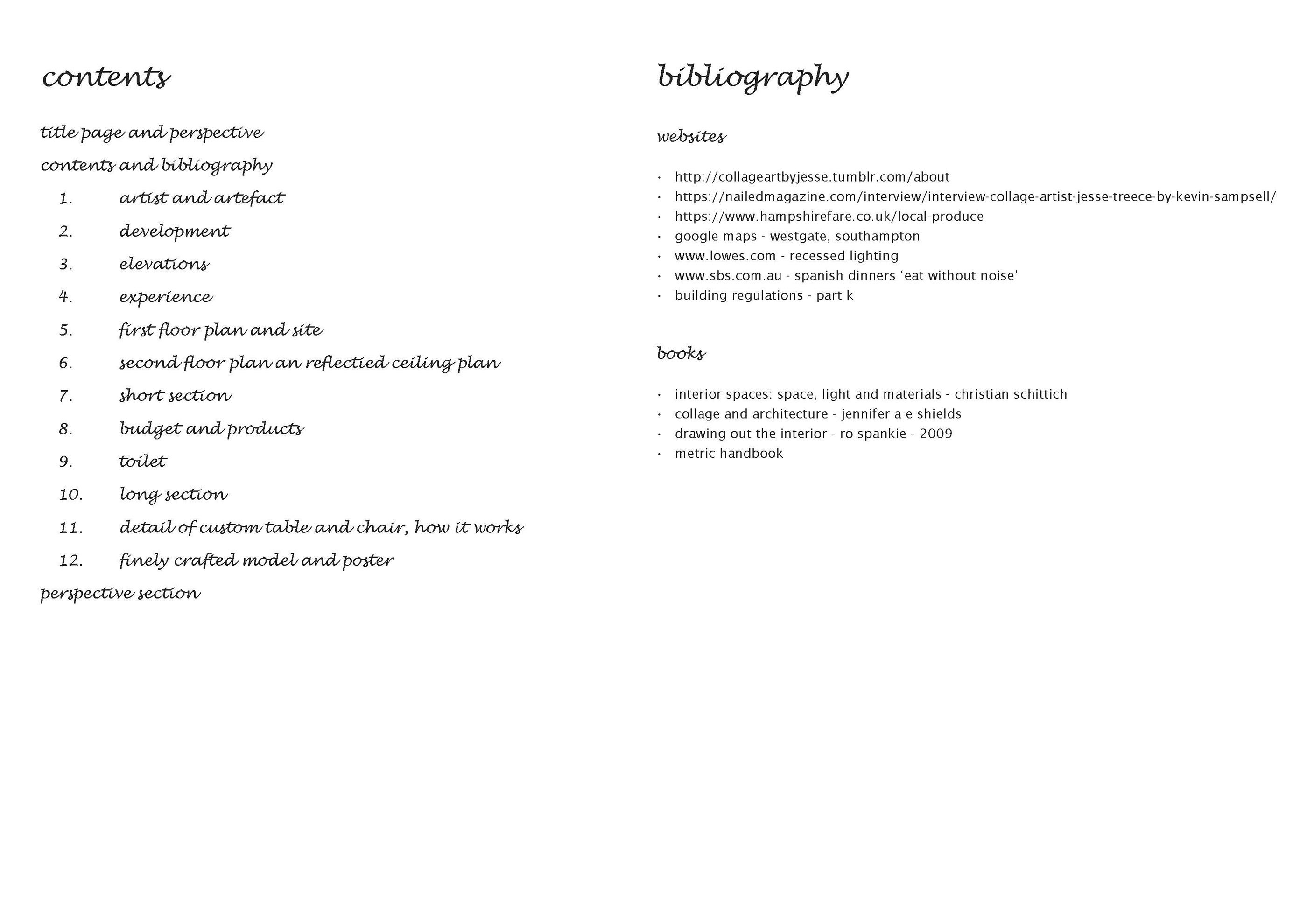


Blind Date At Westgate On Behance


Stairs For Major Projects Pdf Free Download
· The first port of call, as with any construction work, is Building Regulations Juliet balconies fall under Part K of the Building Regulations Act 00 There are two important points to consider 1) Gaps in any railings are to be no more than 100mm 2) The top of the balcony must be a minimum of 1100mm from standing floor levelRequirements in Parts A to D, F to K (except for paragraphs H2 and J7) of Schedule 1 to the Building Regulations do not require anything to be done except for the purpose of securing reasonable standards of health and safety for persons in or about buildings (and any others who may be affected by buildings or matters connected with buildings)Regulations Part K is an essential regulatory guideline that standardizes certain safety components of a house with special emphasis on the stairways, ladders, ramps and guards The technical guidance that these rules can provide are extremely important, promoting a minimum safety standards in the home environment
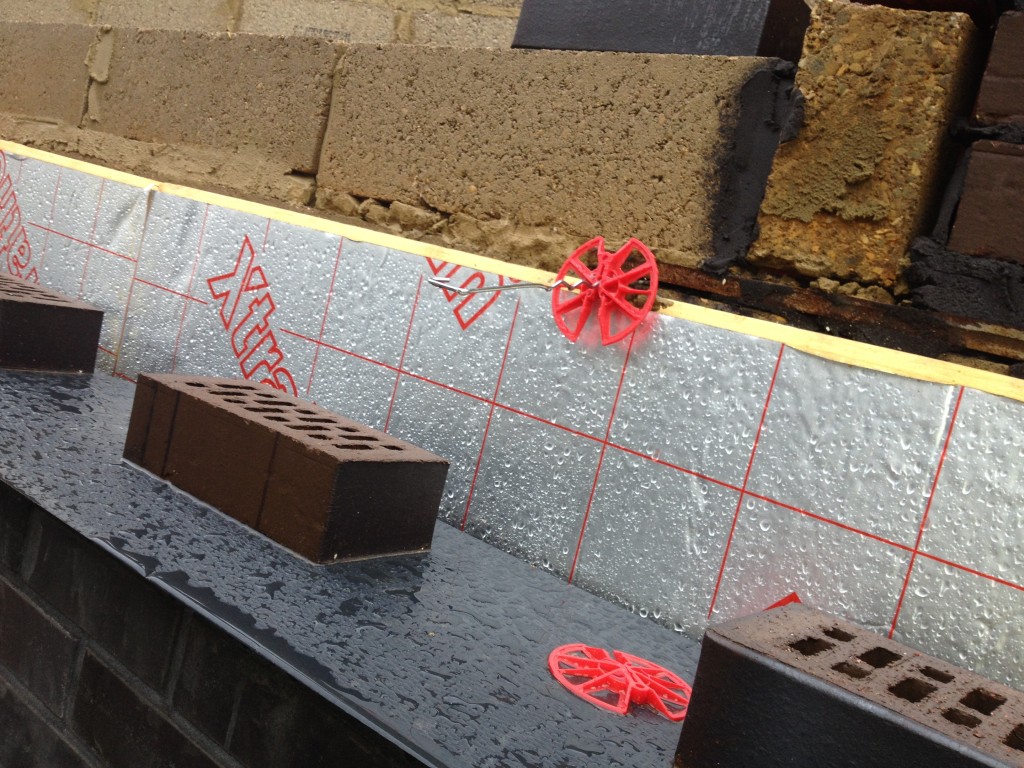


Getting To Grips With U Values Thegreenage



Mass Shootings And Public Support For Gun Control British Journal Of Political Science Cambridge Core
Section 0 General guidance;The replacement of glazing whilst retaining an existing frame (eg as a repair) is not building work, but the supply of the glazing may be subject to consumer protection legislation 03 Requirement K1 applies to means of access outside a building only when theApproved Document K Designing Buildings Wiki Share your construction industry knowledge The first set of national building standards was introduced in 1965 Now known as the building regulations, they set out



Covid 19 Government To Introduce Testing For Lorry Drivers Entering Uk From Mainland Europe Freenewstoday Breaking News And 24 7 Live Streaming News Latest News Of Usa Great Britain Canada Australia And Other World
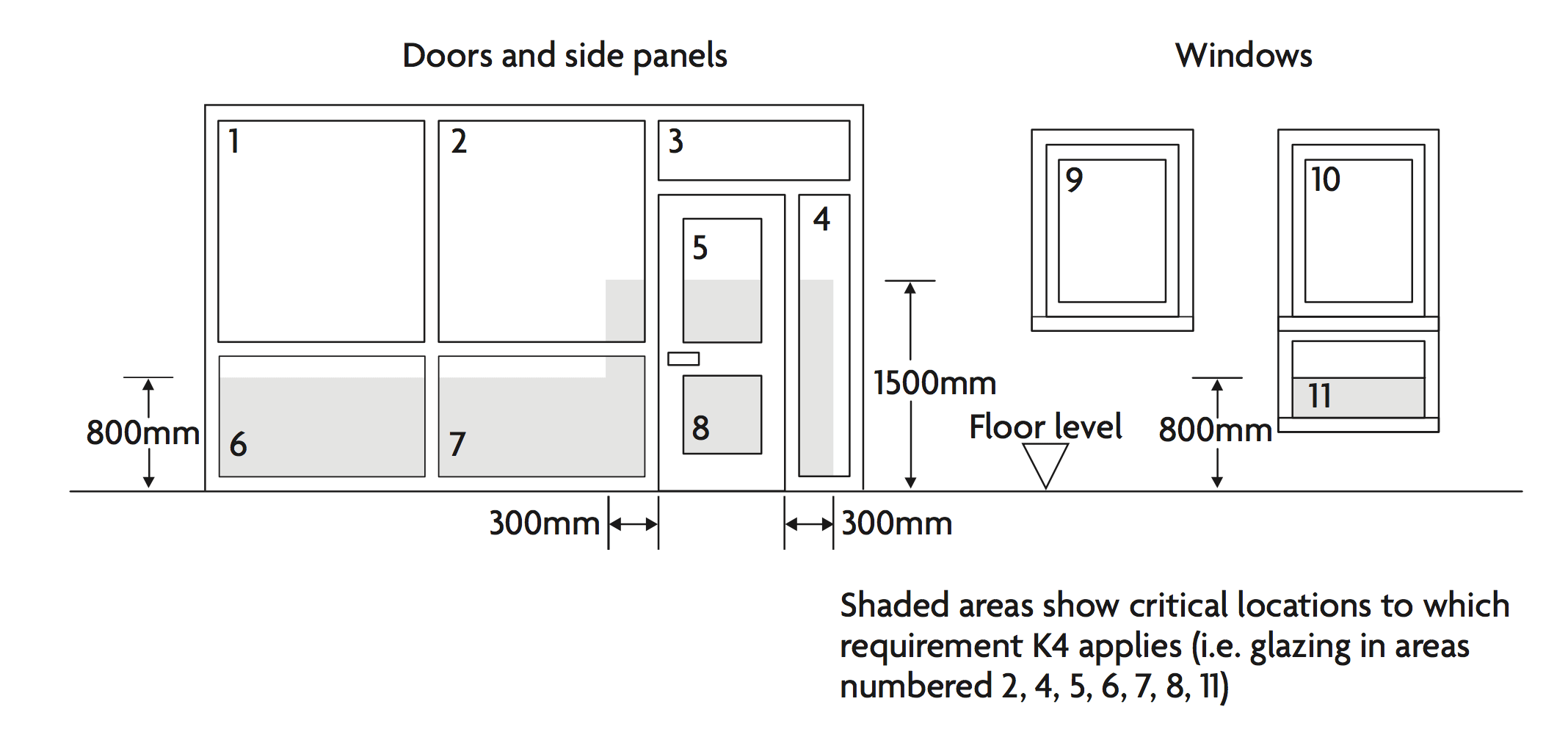


Approved Document K Protection Against Impact With Glazing
Approved Document K of the UK Building Regulations The focus of Approved Document K is the protection of individuals against impact, falling and collision With these points in mind, the rules aim to see that no one suffers injury from walking into open windows, ducts or skylights or gets trapped by others opening doors on to themApproved Document K Protection from falling, collision and impact (1998 edition incorporating 00 and 10 amendments) (PDF 132 Mb) This version incorporates amendments made to reflect any changes arising as a result of the Building Regulations 10 Amendments to Approved Documents and Compliance Guides 10 List of revisions and correctionsThe Building Regulations are separated into 14 categories addressing the requirements for "structure", "drainage", "fire safety", "access" etcand are designated by a letter of alphabetPart M of the Building Regulations deals with the access to and use of buildingsBuilding Regulations Part M requires every building to have the provision of easy access to all parts within the



Building Regulations For Installing Smoke Vents Aovs



A Quick And Easy Guide To U Values
Approved Document A provides guidance on how to meet the building regulations Part A contains guidance on the structural stability and safety of buildings, from foundations to walls and roofs General info@labccouk 44 (0) 8616 81This approved document deals with the following requirement from Part K of Schedule 1 to the Building Regulations 10 Performance In the Secretary of State's view, you can meet requirement K2 if, in order to reduce the risk to the safety of people in and around buildings, you use suitable guarding for the appropriate circumstanceThis Approved Document deals with the following Requirement from Part K of Schedule 1 to the Building Regulations 10 Where necessary reference should be made to Approved Document B Fire safety, and Approved Document M Access and facilities for disabled people Note Attention is drawn to the Workplace (Health, Safety and Welfare) Regulations 1992



Spiral Staircase Manufacturers Bespoke Staircases


Protection From Falling Collision And Impact The Building Regulations Edition For Use In England Online Version Approved Document Pdf Free Download
Building Regulations Plus NHBC Building Regulations Plus is our interactive guide to help you interpret and apply the Building Regulations There's a version for England and one for WalesThey each contain all the latest Approved Documents as well as supplementary guidance notes and material from our inhouse expertsThe dictated height of the glazed balustrade needed will be determined by the building's use and is detailed in Building Regulations Part K (Diagram 31) These are given in the height of the balustrade above Finished Floor Level (FFL) In a private residential building a balustrade is neededSection 3 Horizontal and vertical circulation in buildings other than dwellings;



Handrail Height What Height Should A Staircase Handrail Be



Regulations Explained Uk
Section 1 Access to buildings other than dwellings;0310 · In England and Wales Part K of the Building Regulations specifies what you can and cannot do with staircases, in Scotland it is part 4 of the technical handbook, in Ireland it is part K of their Regulations and in Northern Ireland it is part HThe Building Regulations 10 APPROVED DOCUMENT K PART K PROTECTION FROM FALLING, COLLISION & IMPACT Manifestation in the form of a logo or sign should be a minimum 150mm high • Manifestation in the form of a decorative feature such as 50mm high • Where glass doors may be held open, they should be



Pdf Disaster Risk Reduction Or Disaster Risk Production The Role Of Building Regulations In Mainstreaming Drr
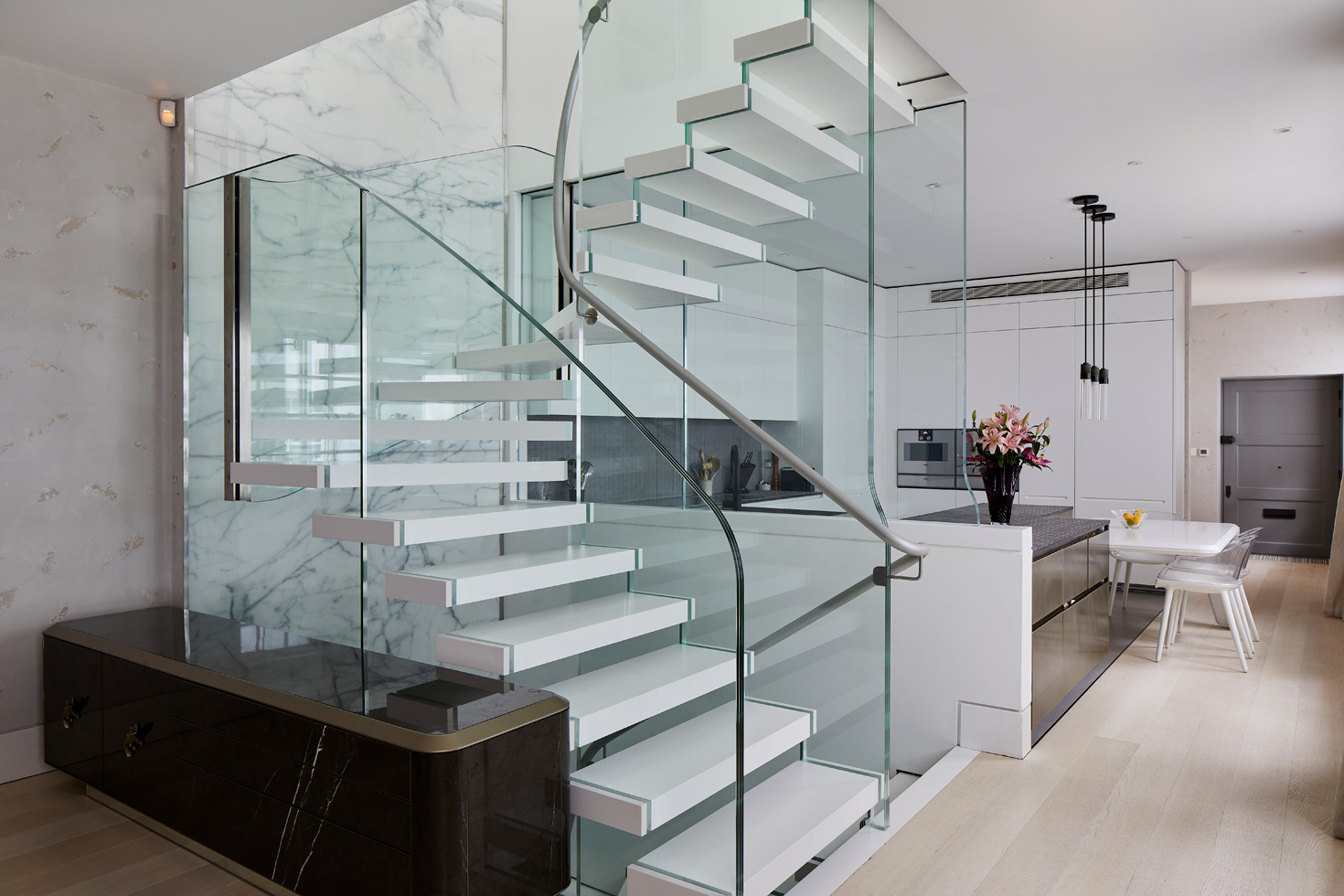


Staircase Design The Ultimate Guide Homebuilding
Building Regs (K&M), BS00 and BS9266 The colour of the Stair Nosing is required to differ from that of the floor covering Every colour has a Light Reflectance Value (LRV) of between 0 (Black) and 100 (White)Part M Vol 1;Section 1Guidance on aspects of the geometry of stairs, special stairs, fixed ladders and handrails for and guarding of stairs Section 2Guidance on ramps and guarding of ramps Section 3Guidance on protection from falling Section 4Guidance on vehicle barriers and loading bays



Building Regulations Explained
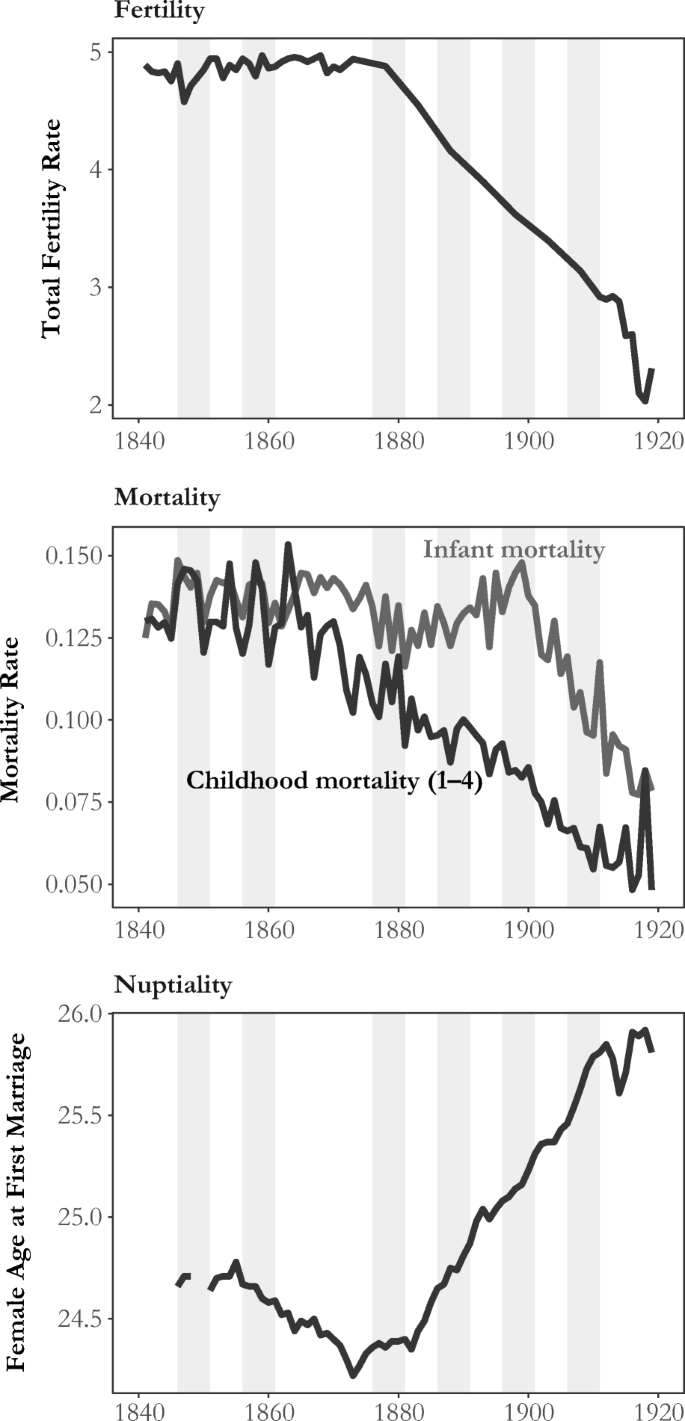


Revisiting The Fertility Transition In England And Wales The Role Of Social Class And Migration Springerlink
· Building regulations guidance part K (protection from falling, collision and impact) Guidance for contractors on the correct design and installation of stairs, ramps and barriersPitchthe angle between the pitch line (notional line connecting nosings) and the horizontal The maximum pitch for domestic stairs is 42°, semipublic stairs, eg factories, offices and common stairs serving more than one dwelling, 38°Part K of the Building Regulations provides the guidelines for ensuring occupants or visitors to a house are protected against falling, collision or impact The rules within Part K don't apply to spiral or helical staircase designs but instead state that for a spiral staircase design, the British Standards Document BS 5395 Part II applies
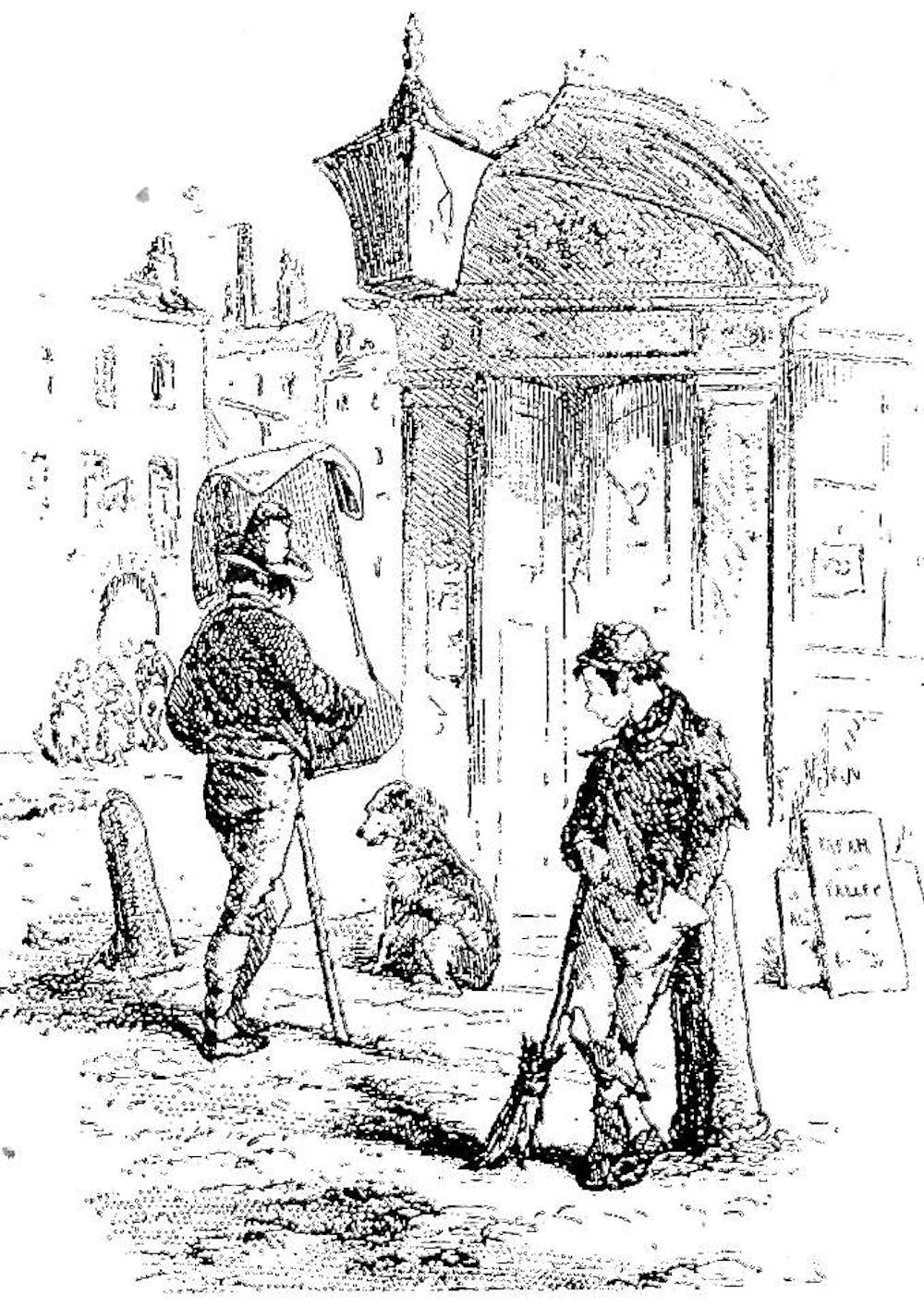


Charles Dickens And The Push For Literacy In Victorian Britain



Garage Conversions C R Design Services
Staircase Building Regulations are covered by further regulations parts M1 and M2 that sould be discussed with a Building Inspector UK Staircase Headroom Requirements A headroom of at least 2m is required at all points on and off a staircase and as you pass down a staircaseWhen designing a staircase, it is important to know the latest building regulations The below provides you with the key points relating to staircases The Building Regulations Part K Protection from falling, collision and impact The latest edition came into effect 6 April 13 Categories of stairs consideredNew legislation came into play on 21st December 18 for the fire requirements of external balconies in England and Wales EnviroBuild previously discussed how this affects cladding, with particular reference to Sentinel cladding Balconies are, for the first time, counted as part of the external wall;
/Harry_Gibbs_Commonwealth_Law_Courts_Building_Brisbane_01-8efbce72009d4ef2910654712e9d4912.jpg)


Ltd Limited Definition



Regulations Explained Uk
Building regulations are something not a lot of us know an awful lot about – unless of course, we're in the industry However, you'd be surprised at how home owners can be impacted by them In England it's "building regulations", whereas in Scotland it's "building warrant"
/street-in-city-of-london-with-royal-exchange--bank-of-england-and-new-modern-skyscrapers--england--uk-923317900-cc8daffff0da44d38a6aacd70b8204cf.jpg)


Bank Of England Boe Definition



Doc M Guide How To Design A Washroom To Accommodate Grab Rails


St Andrew S Church Specialist Glazing Projects
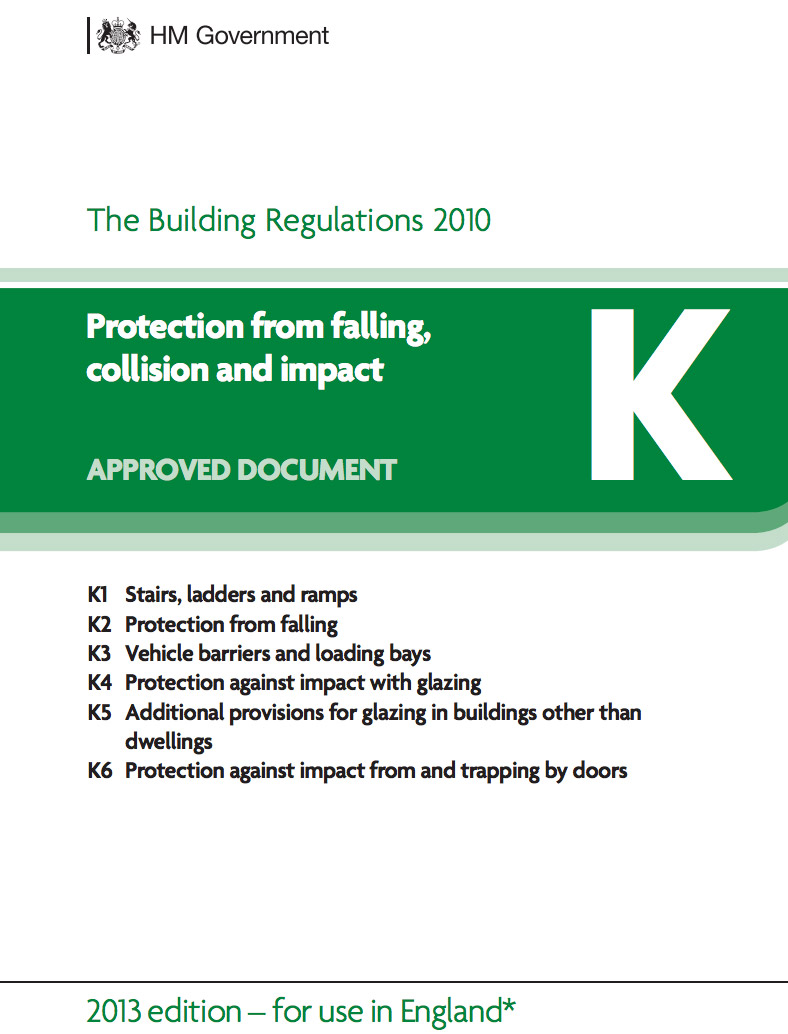


Tkstairs Advise On Domestic Building Regulations
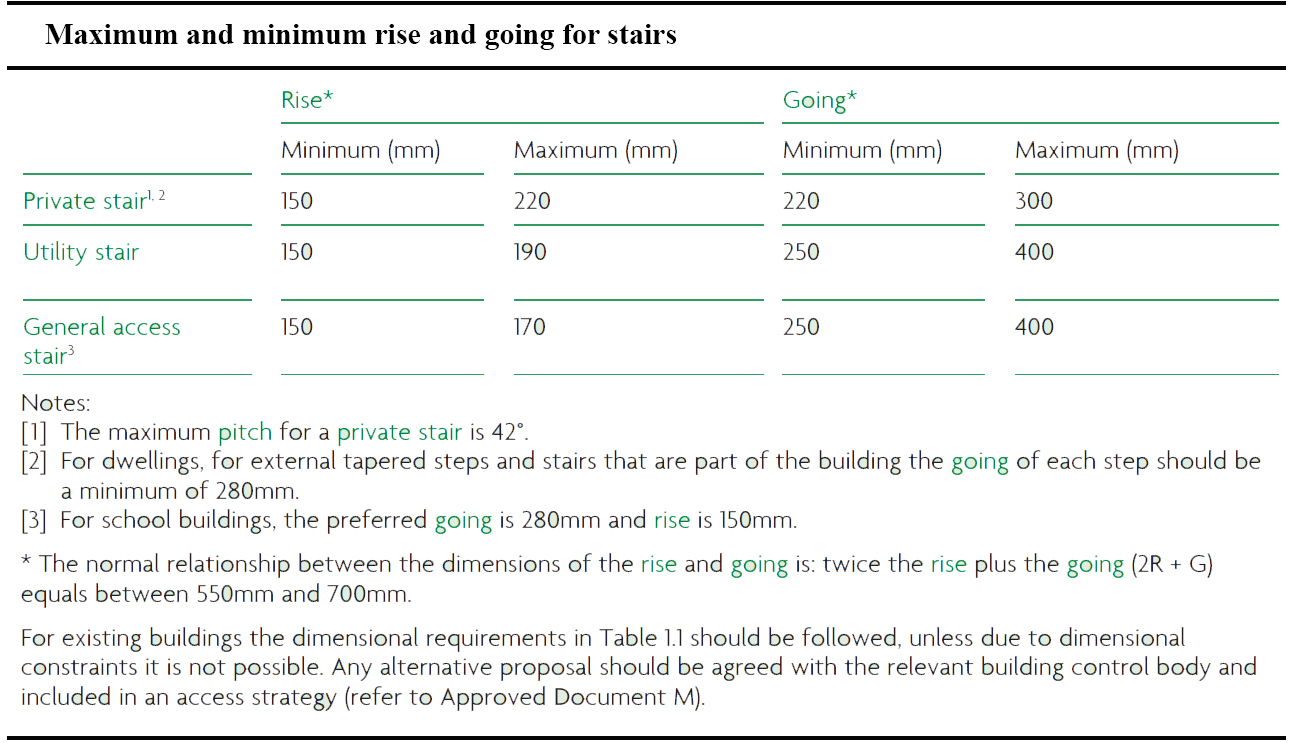


Building Regulations Stairs George Quinn Stair Parts Plus
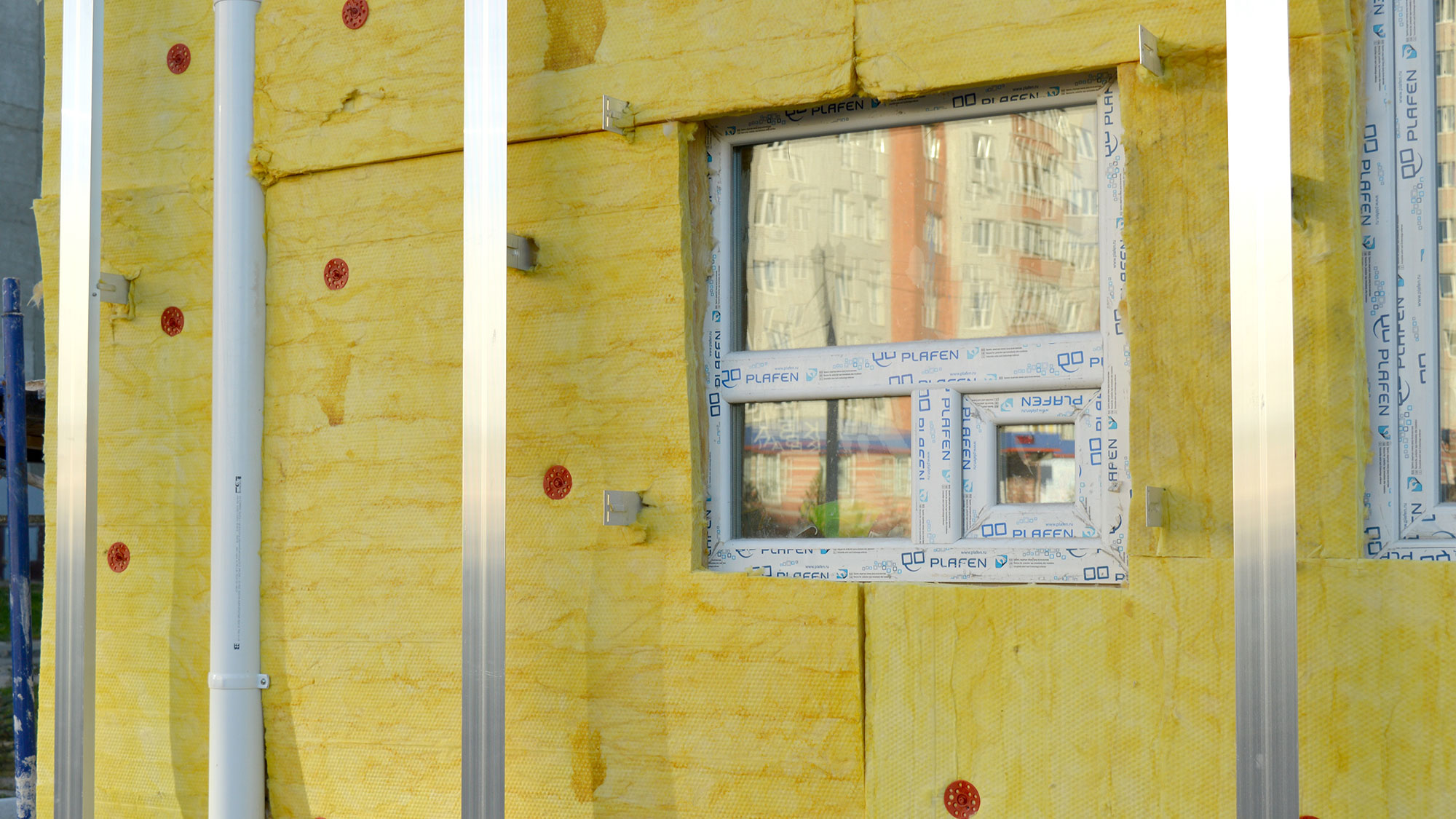


What Is A U Value Heat Loss Thermal Mass And Online Calculators Explained Nbs
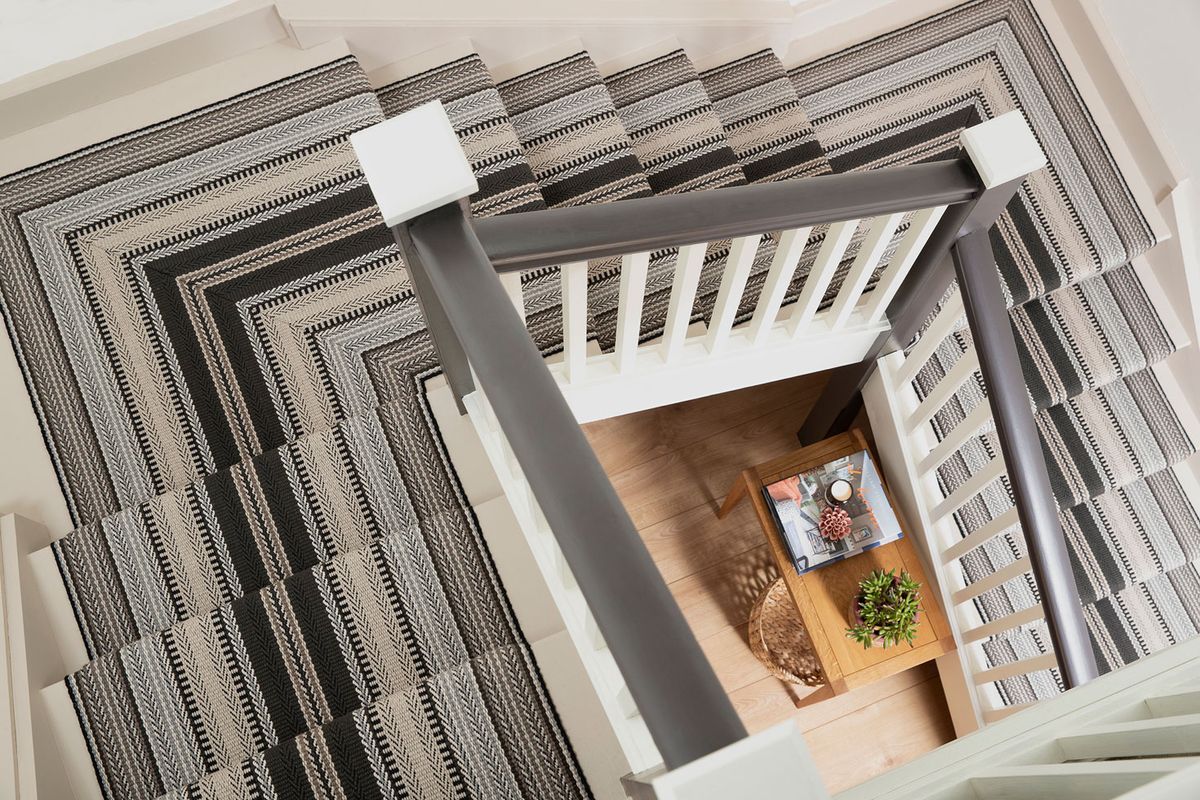


Staircase Design The Ultimate Guide Homebuilding
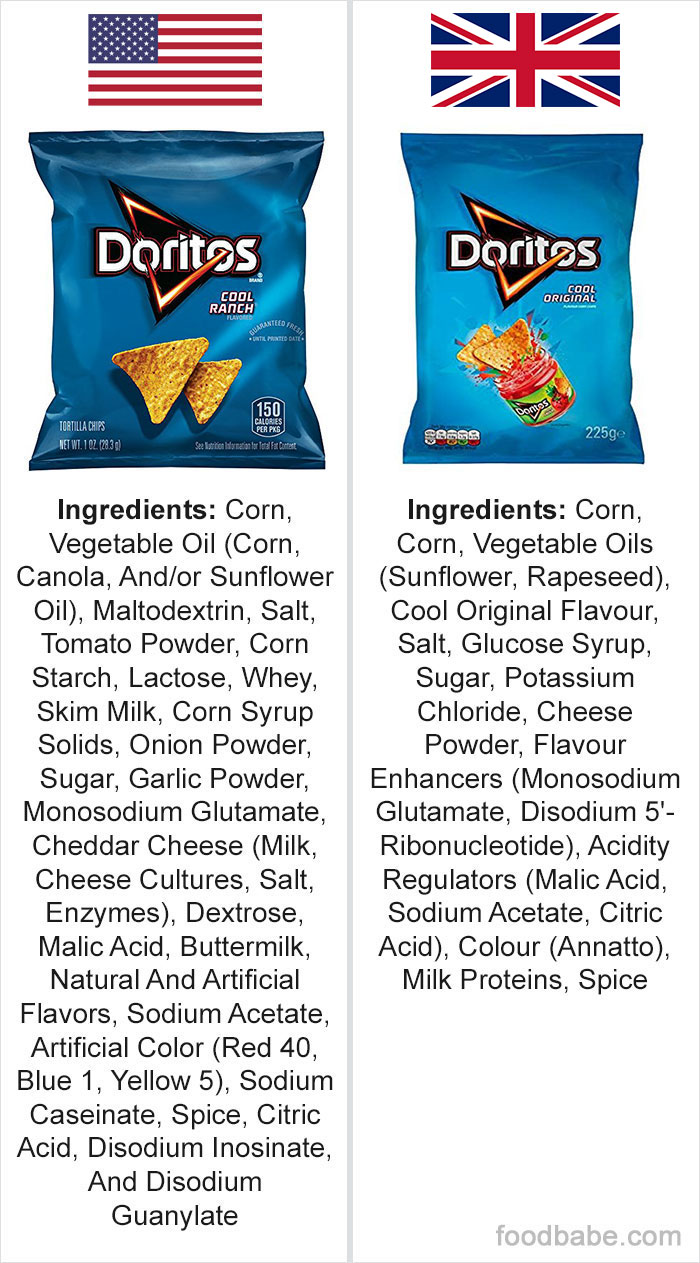


This Woman Wrote Down Lists Of Ingredients Of Us And Uk Products And The Difference Is Disturbing Bored Panda
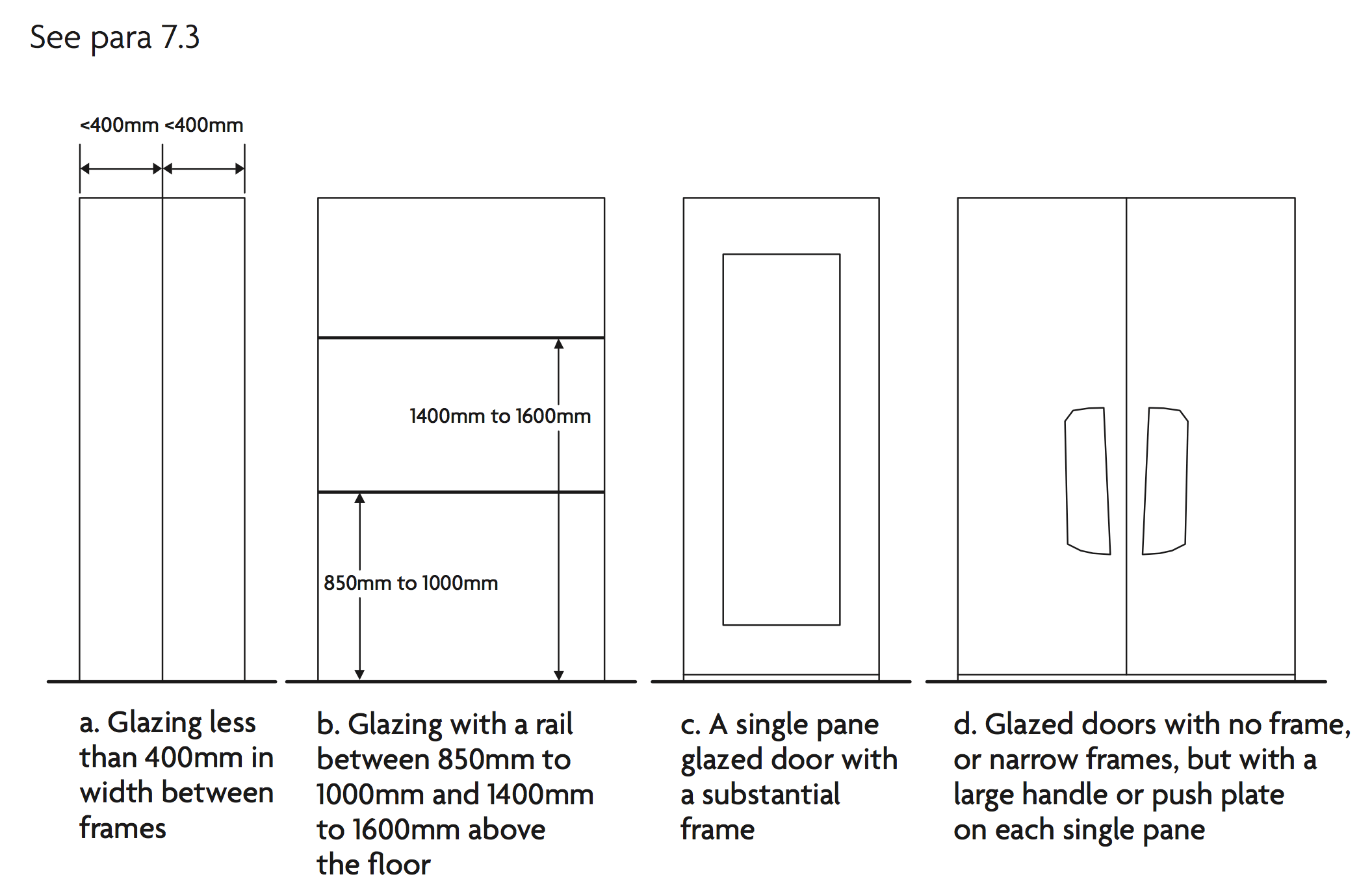


Approved Document K Protection Against Impact With Glazing



Transcriptional Regulation And Nuclear Reprogramming Roles Of Nuclear Actin And Actin Binding Proteins Topic Of Research Paper In Biological Sciences Download Scholarly Article Pdf And Read For Free On Cyberleninka Open Science



Approved Document K Protection Against Impact With Glazing



K Shanmugam Sc Kshanmugam Twitter



British Society Of Gastroenterology Consensus Guidelines On The Management Of Inflammatory Bowel Disease In Adults Gut



Homepage K L Gates



Regulations Explained Uk



Changes To Building Regulations For High Rise Properties K Rend



Architecture March Arb Riba Part 2 The Bartlett School Of Architecture Ucl University College London
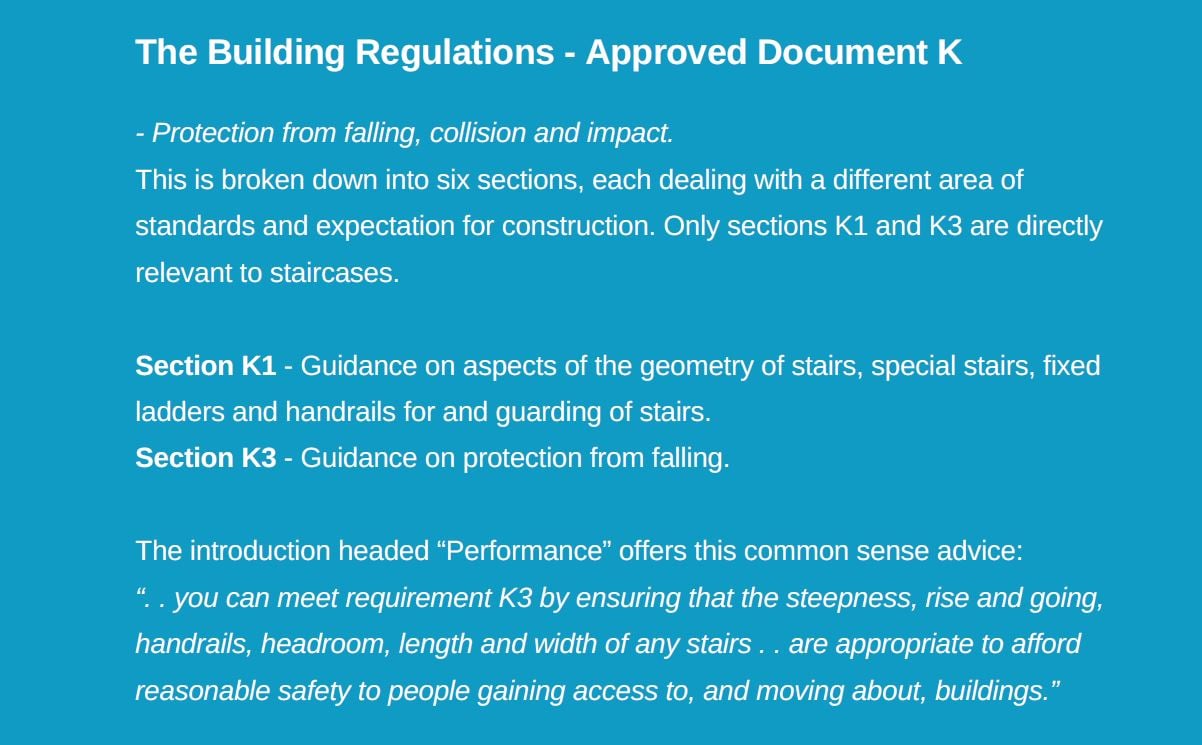


Guide To Steel Staircase Fabrication
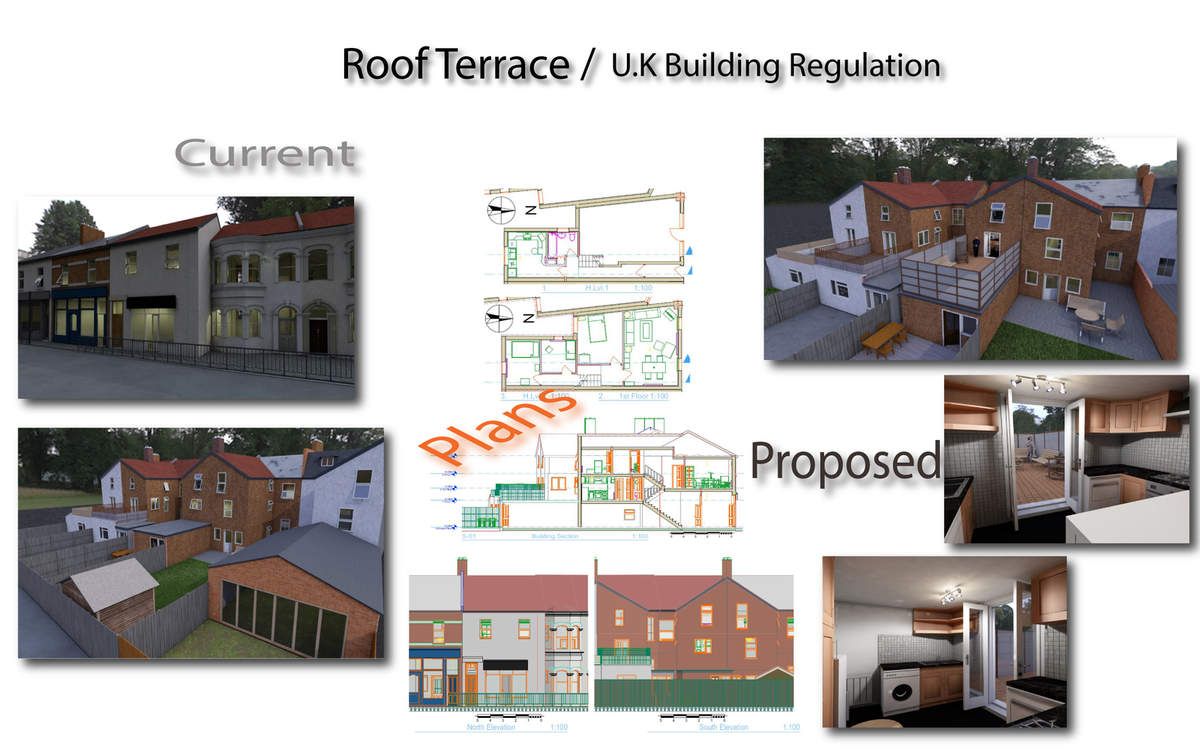


Roof Terrace Design In London U K Arch Line Design
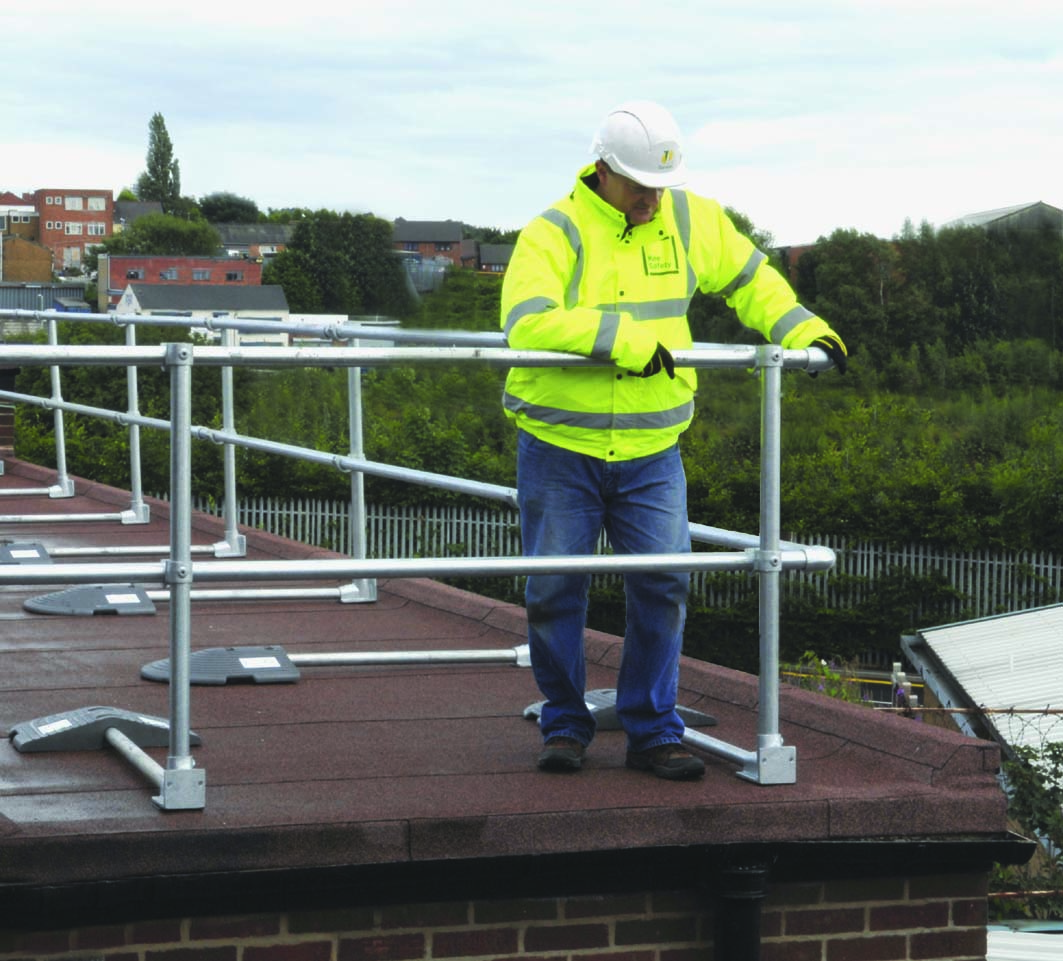


Specification Of Permanent And Temporary Edge Protection Part One
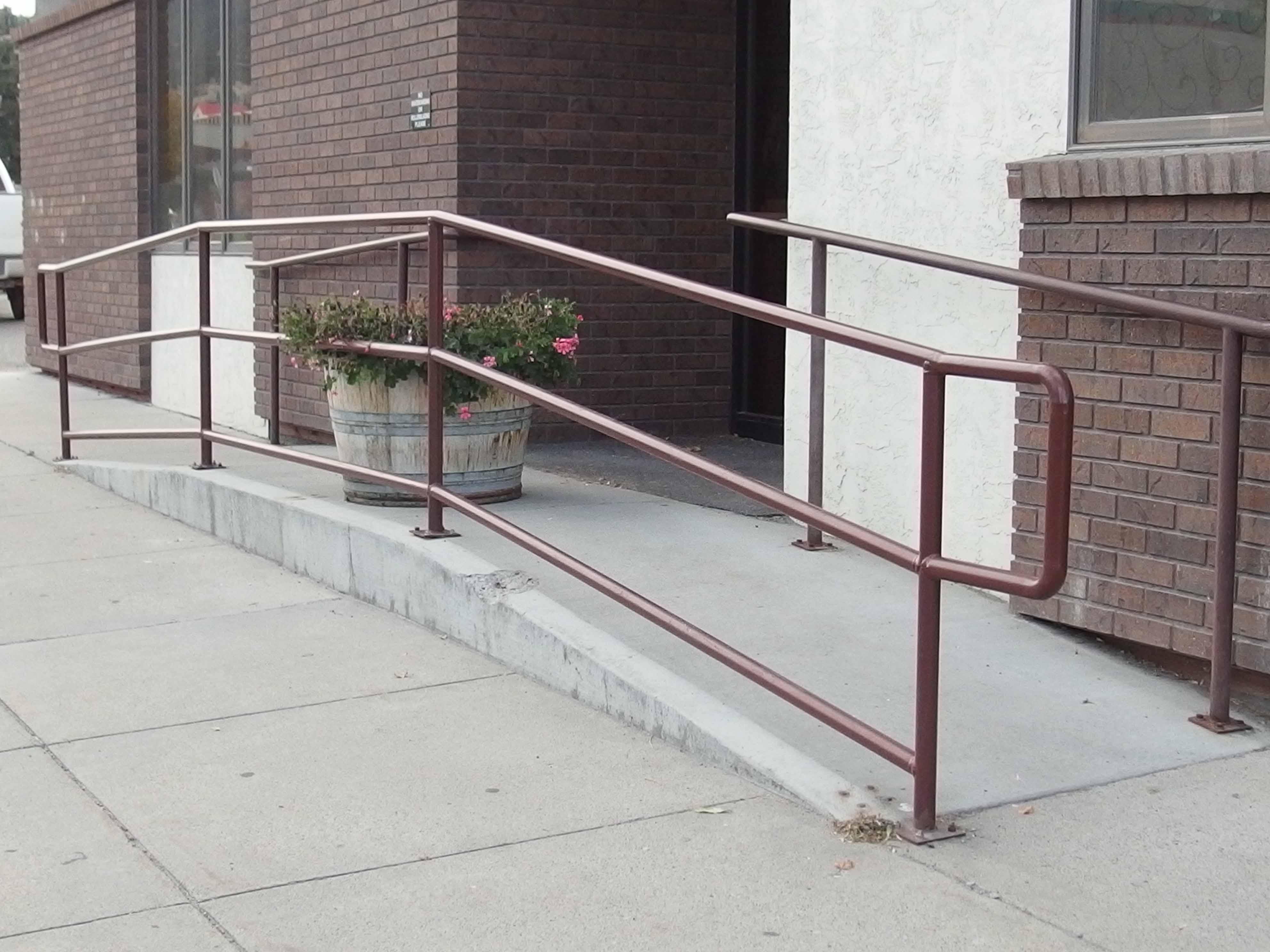


Ramps Designing Buildings Wiki



Fine Decor Chinoiserie Wallpaper In Silver Fd Full Roll For Sale Online Ebay



Visibly Better Designing Accessible Housing And Buildings Rnib See Differently
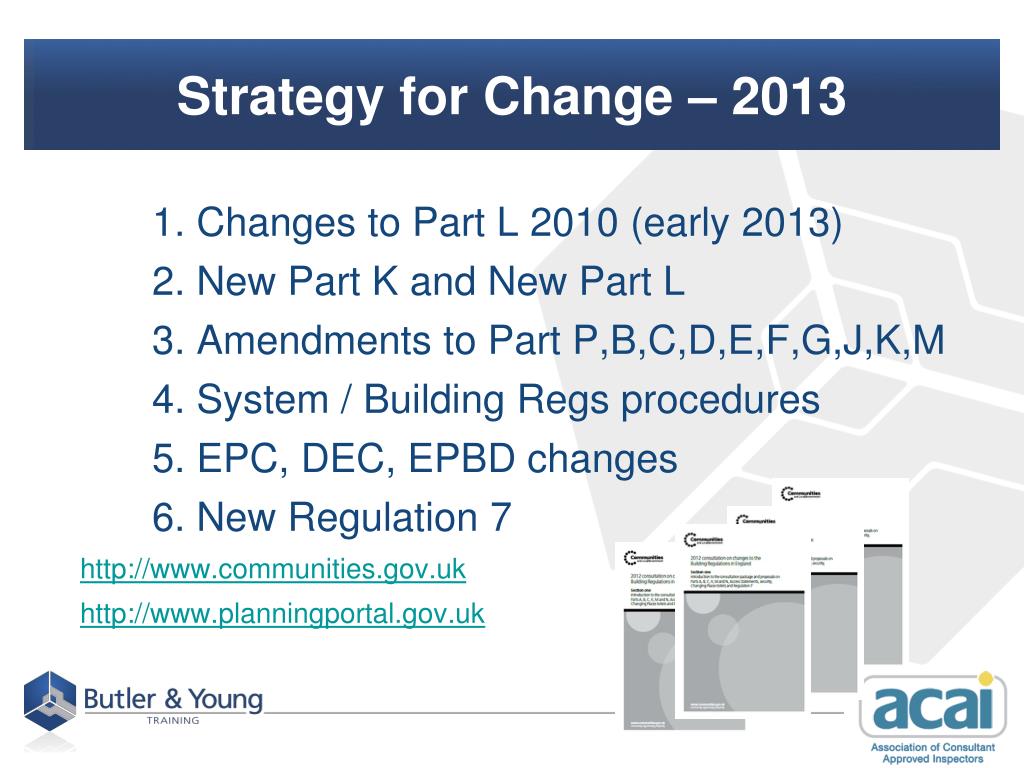


Ppt Building Regulations Current And Future Changes Powerpoint Presentation Id
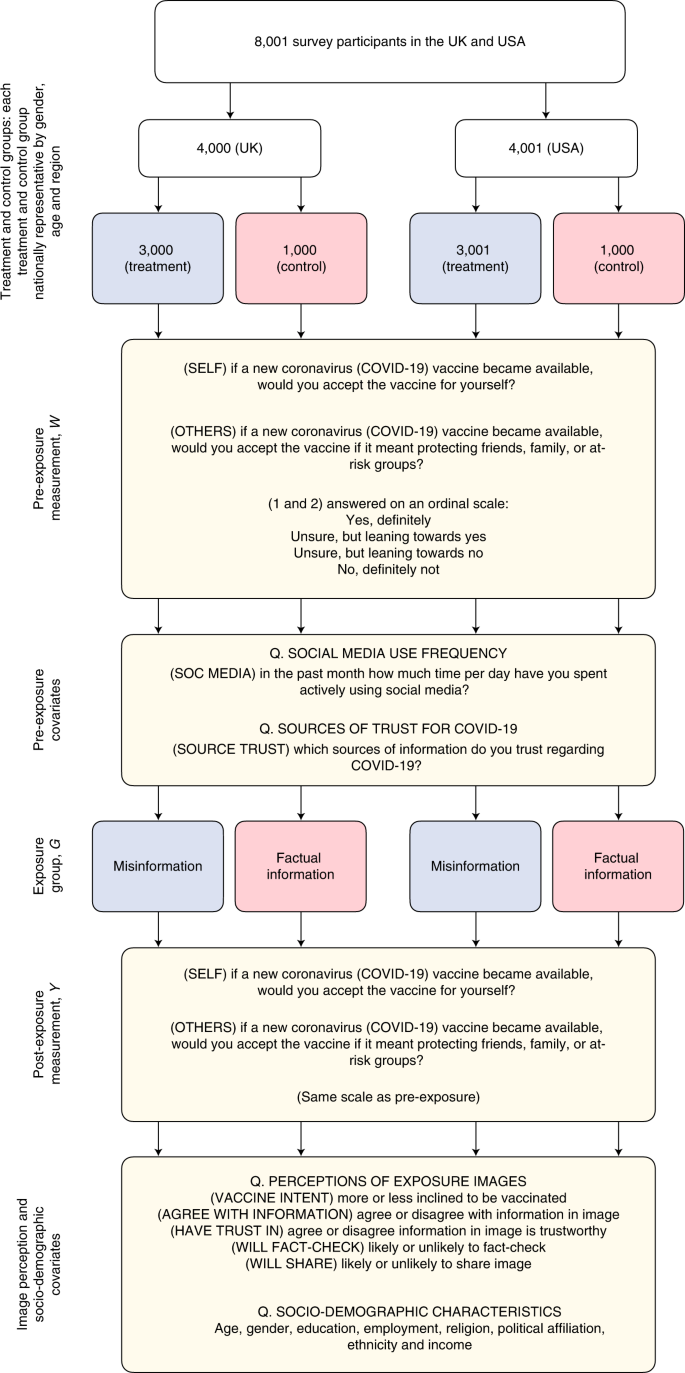


Measuring The Impact Of Covid 19 Vaccine Misinformation On Vaccination Intent In The Uk And Usa Nature Human Behaviour
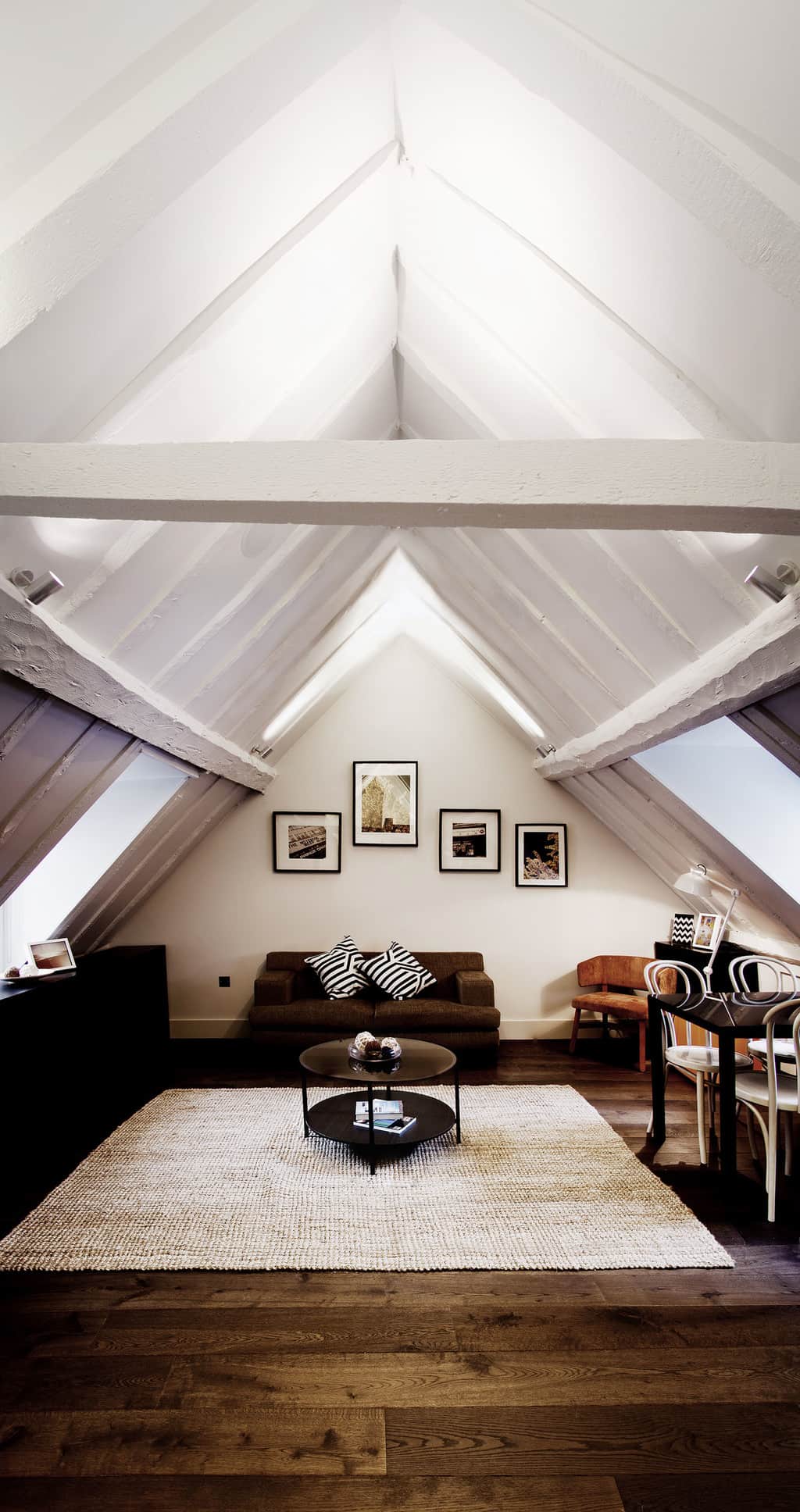


What Is The Average And Minimum Ceiling Height In A House Design For Me



Energy Policy Of The United Kingdom Wikipedia
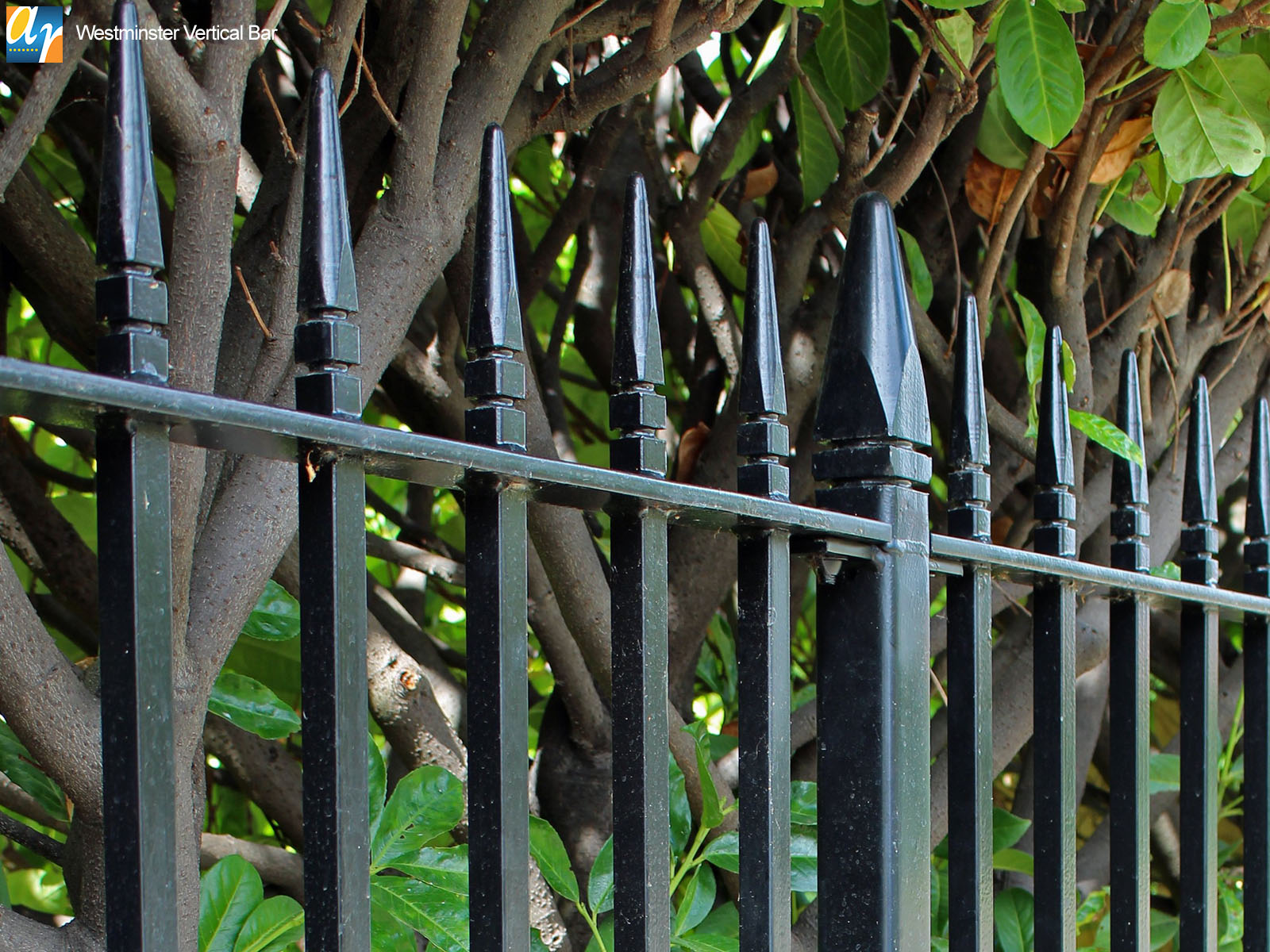


Specifying Metal Railings Alpha Rail Advice What To Consider
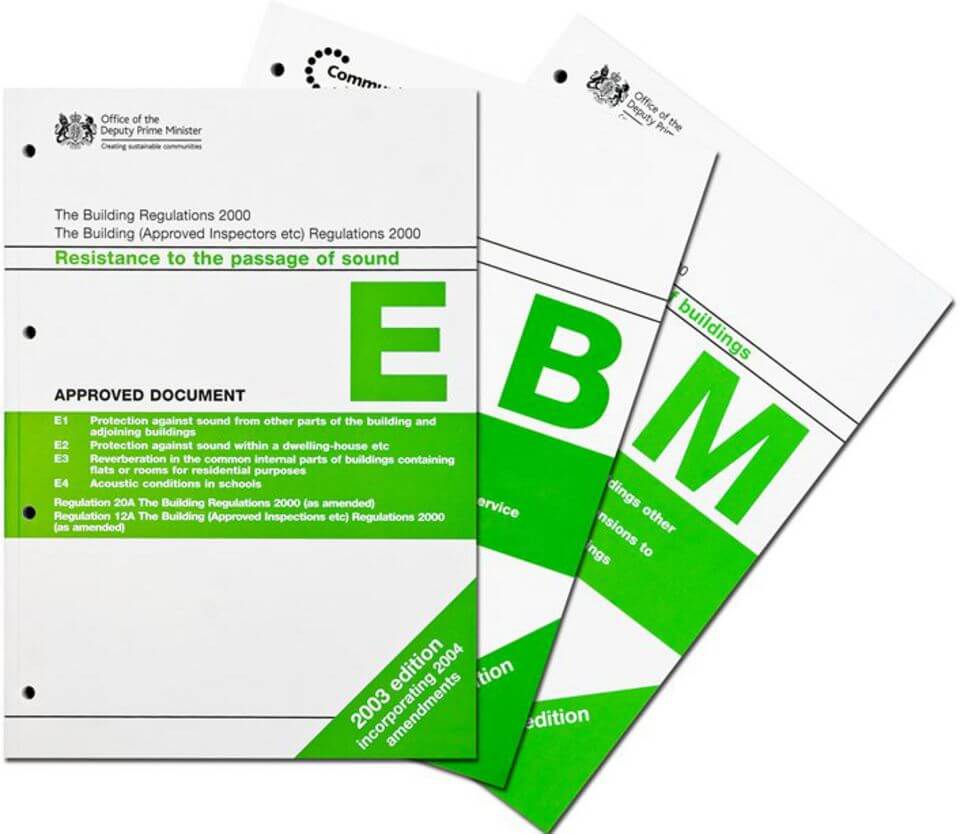


Building Regulations Electricity Structure Fire And More Planning Geek



Architecture March Arb Riba Part 2 The Bartlett School Of Architecture Ucl University College London



Sonaspray K 13 Special Acoustic Spray



The Ultimate Guide To Uk Planning Rules And Building Regulation For Garden Buildings By Bakers Youtube


Lovable Maximum Stair Riser Height Rssmix Info



Diagram C3 Measuring The Area Of Flat And Double Pitched Roofs Rooflights Rooms The Building Regulations Uk
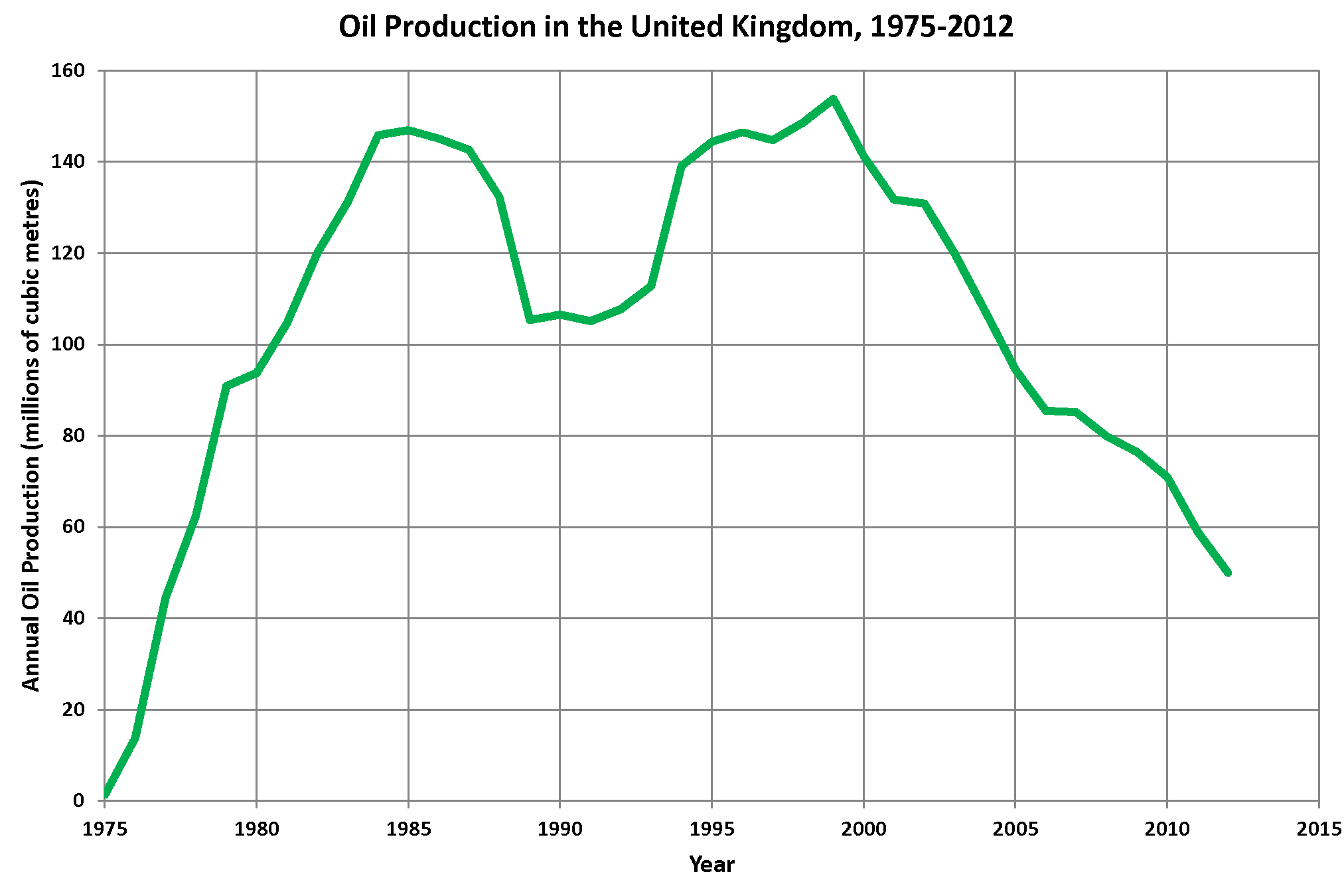


Oil And Gas Industry In The United Kingdom Wikipedia
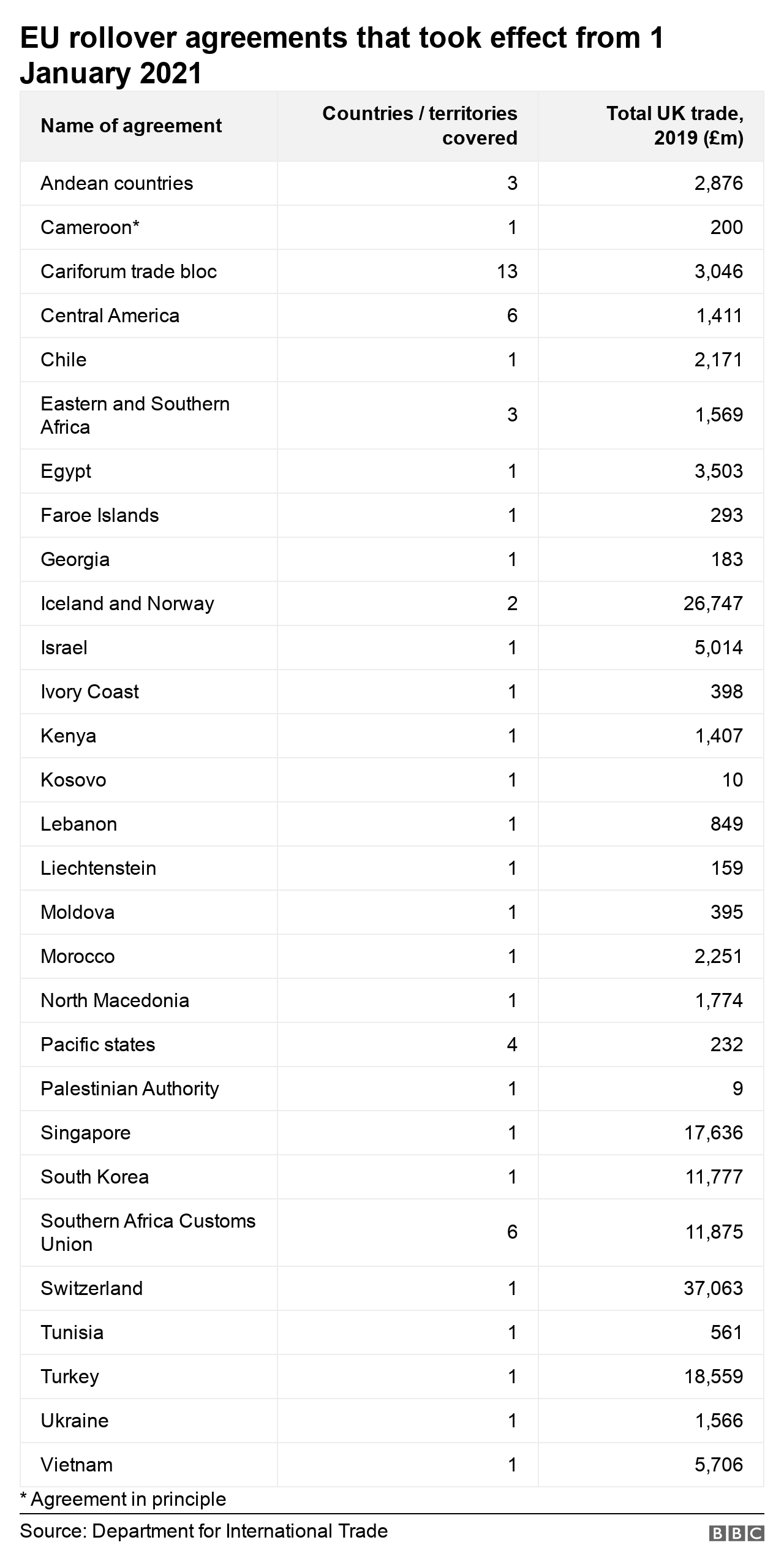


Brexit What Trade Deals Has The Uk Done So Far c News
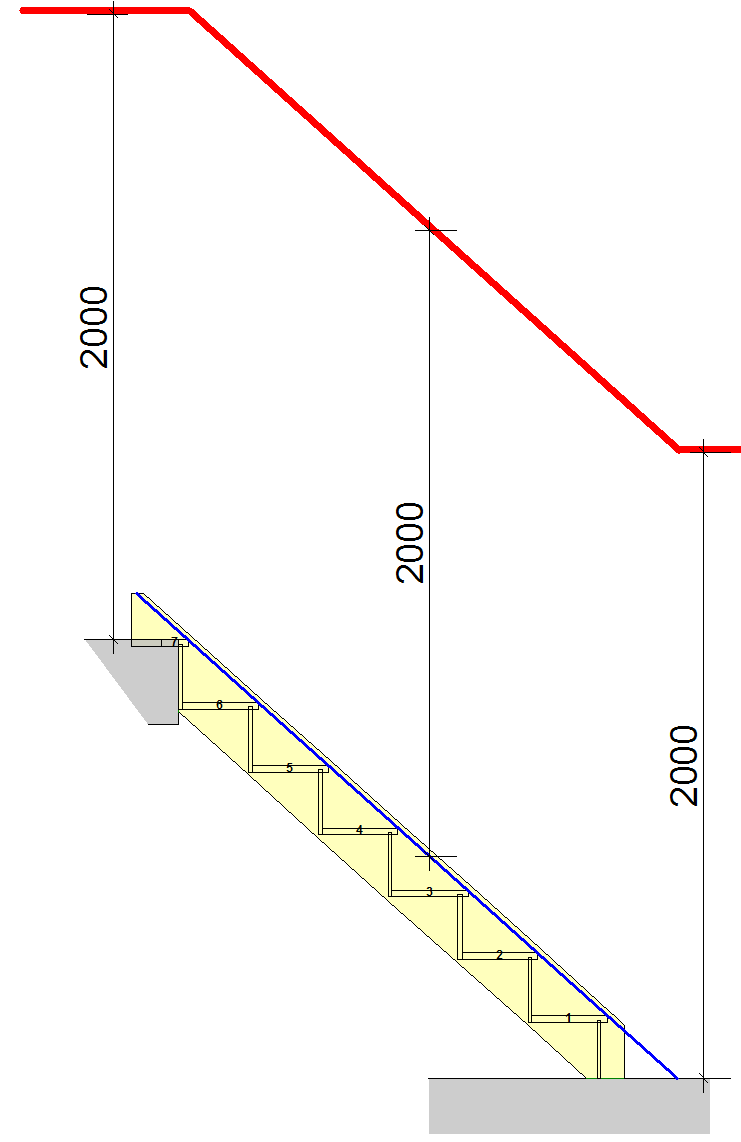


Tkstairs Advise On Domestic Building Regulations



Approved Document M Entering A Building



Protection From Falling Collision And Impact Approved Document K Gov Uk



Regulations Explained Uk



Parliament Of The United Kingdom Wikipedia
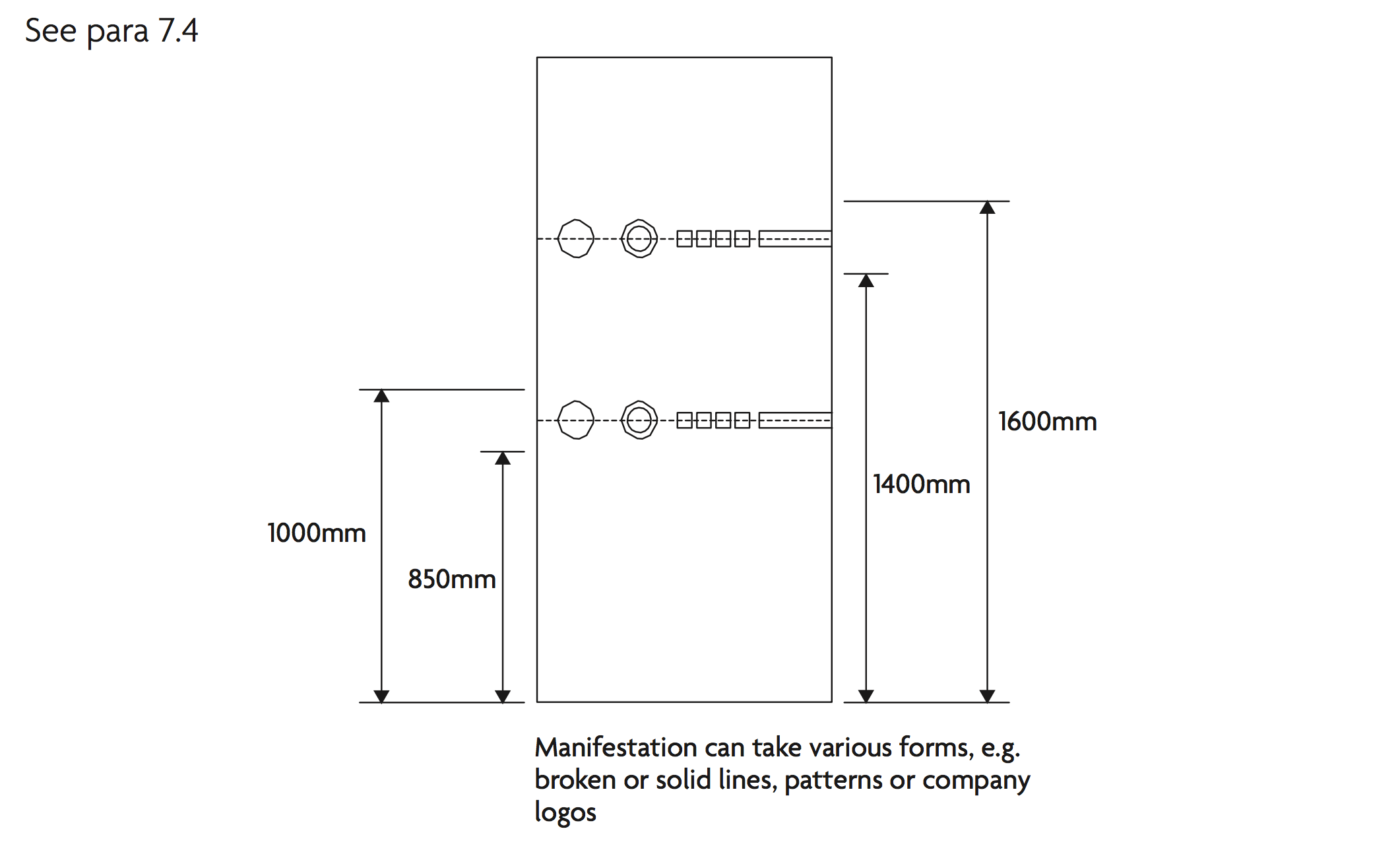


Approved Document K Protection Against Impact With Glazing


Wrought Iron Gates Railings Juliet Balconies Custom Made Metal Work



A Comparison Of In Vitro Nucleosome Positioning Mapped With Chicken Frog And A Variety Of Yeast Core Histones Topic Of Research Paper In Biological Sciences Download Scholarly Article Pdf And Read



0 件のコメント:
コメントを投稿